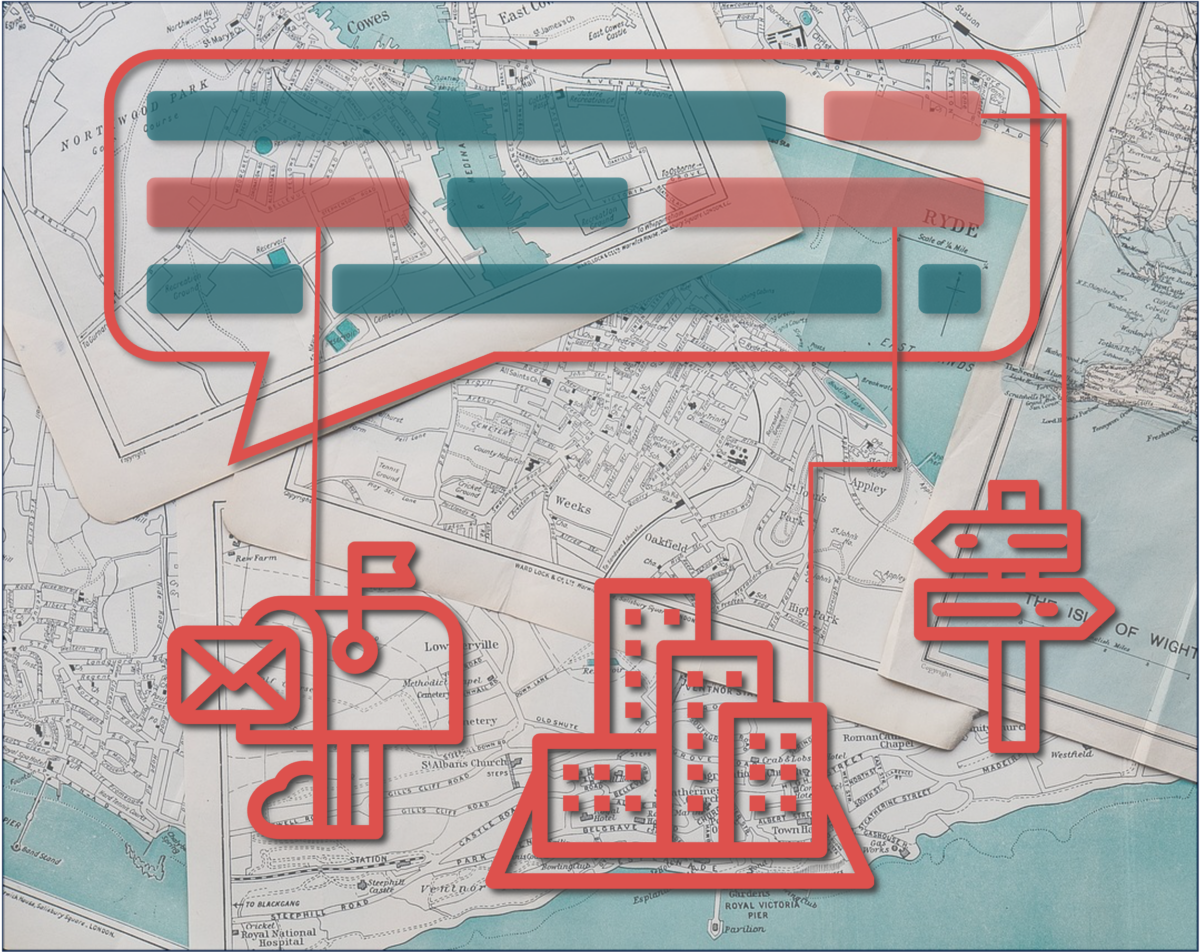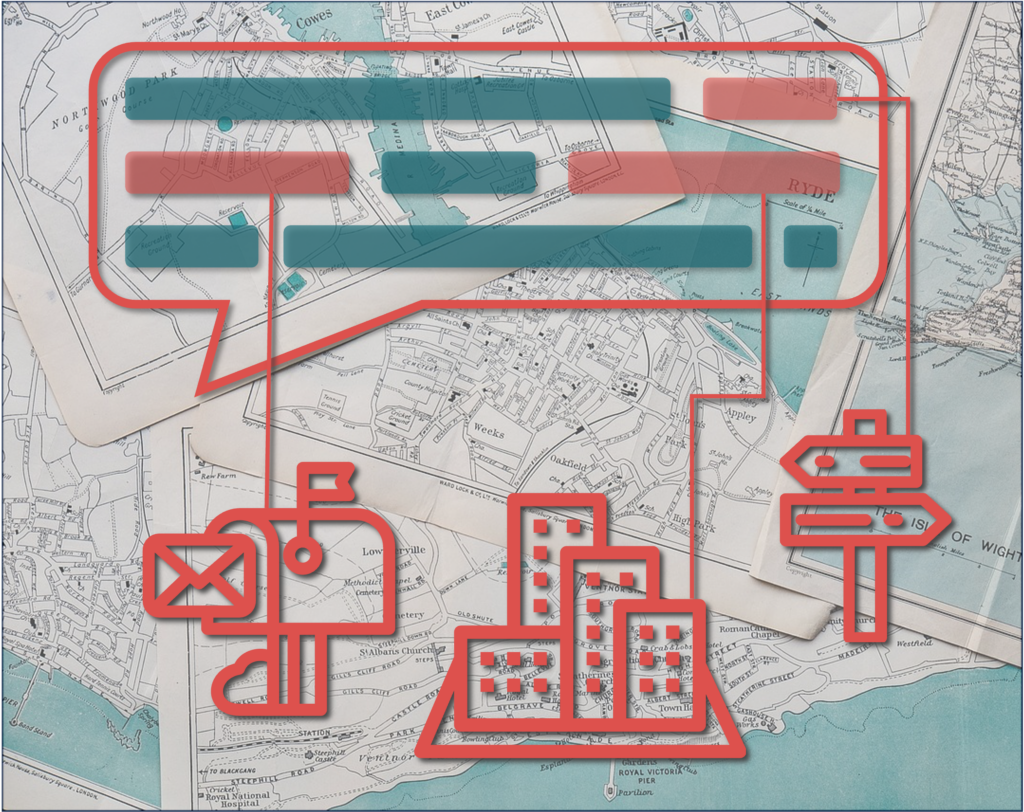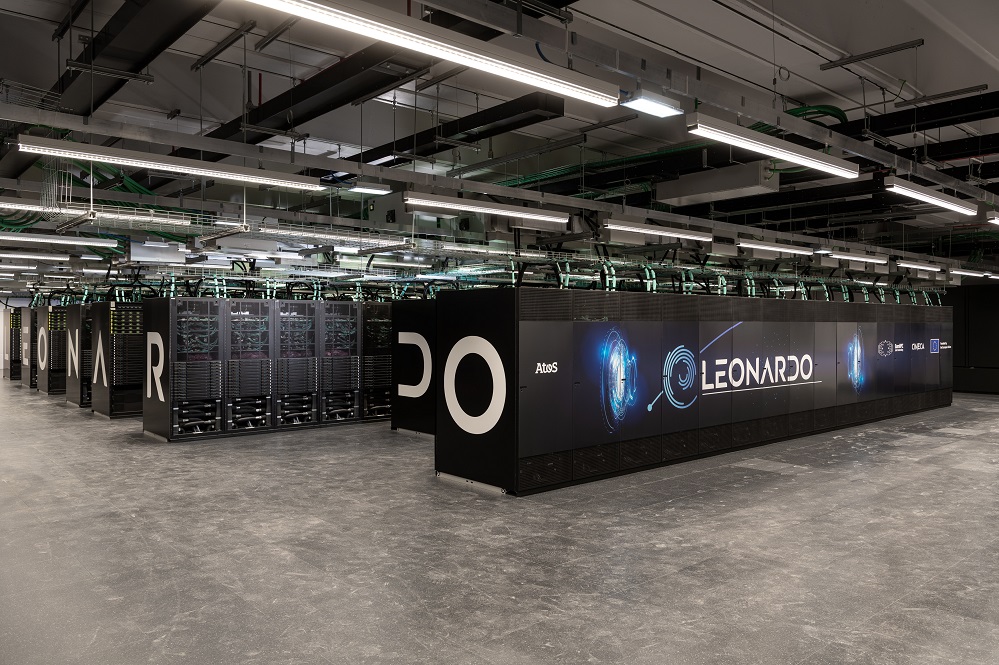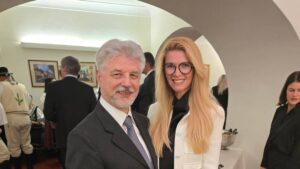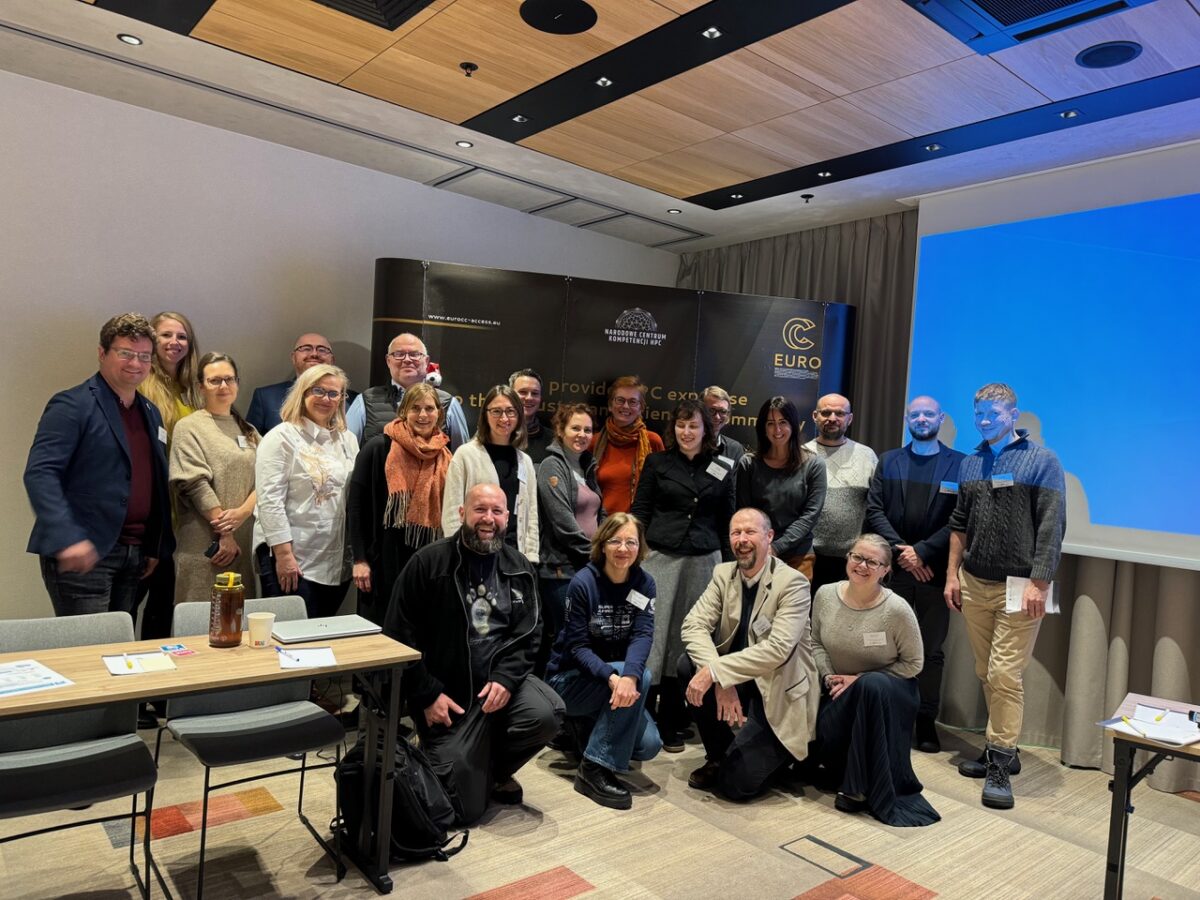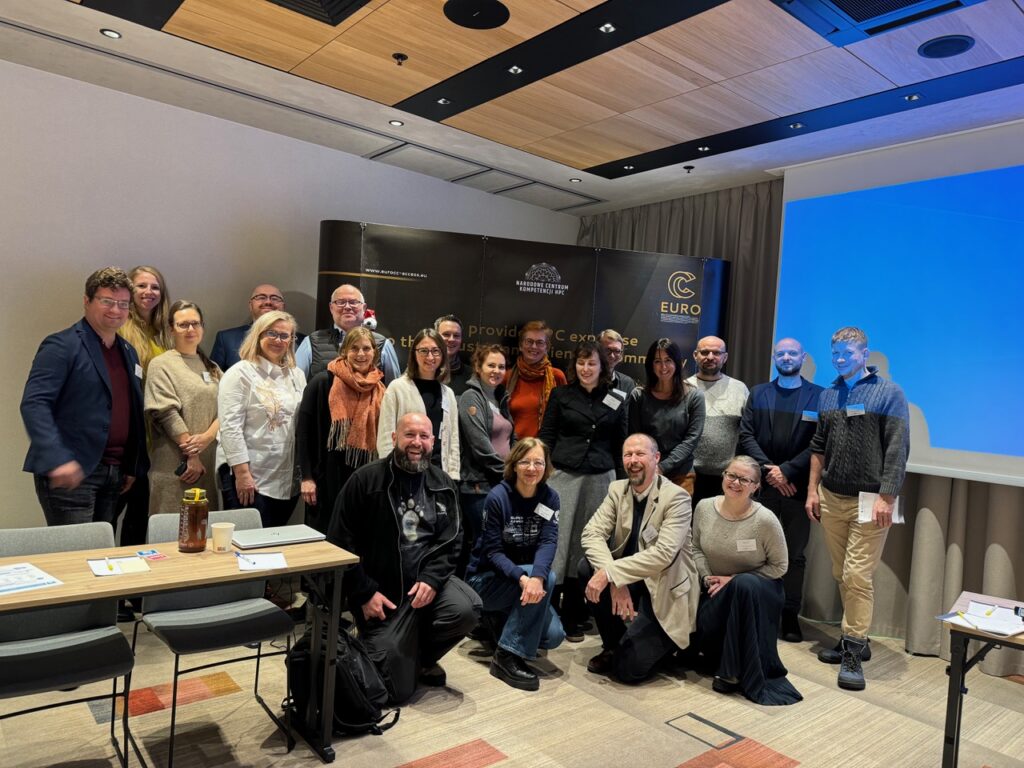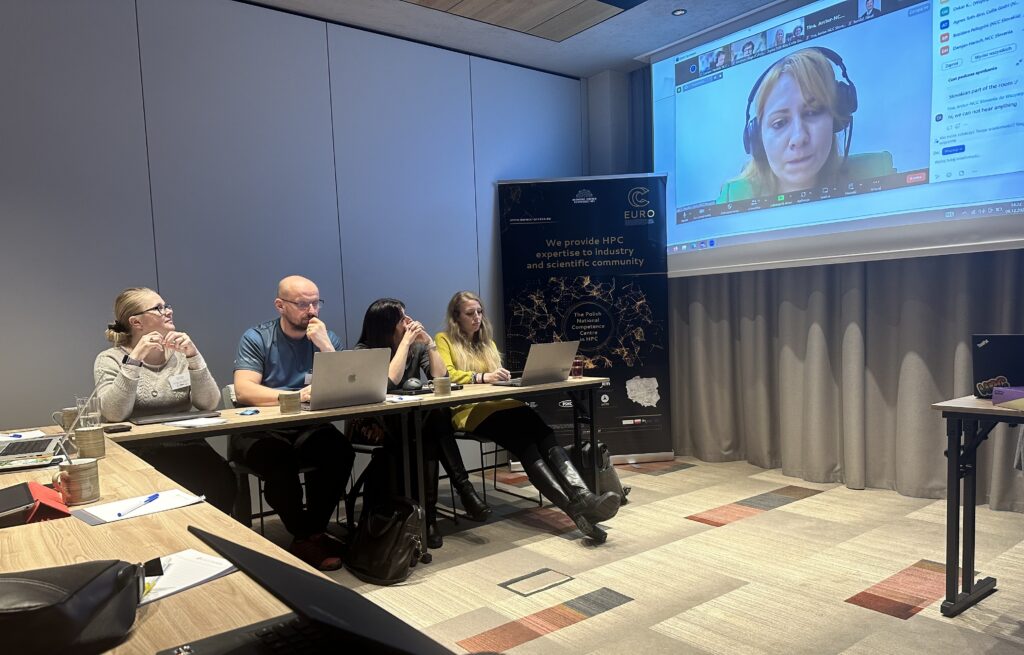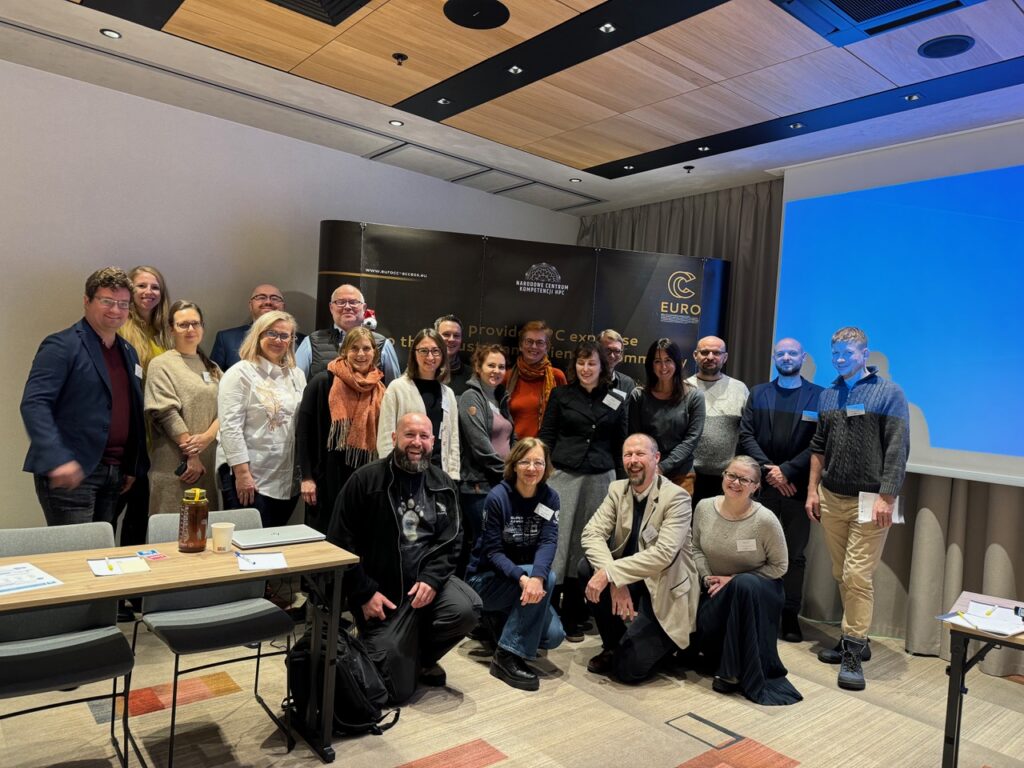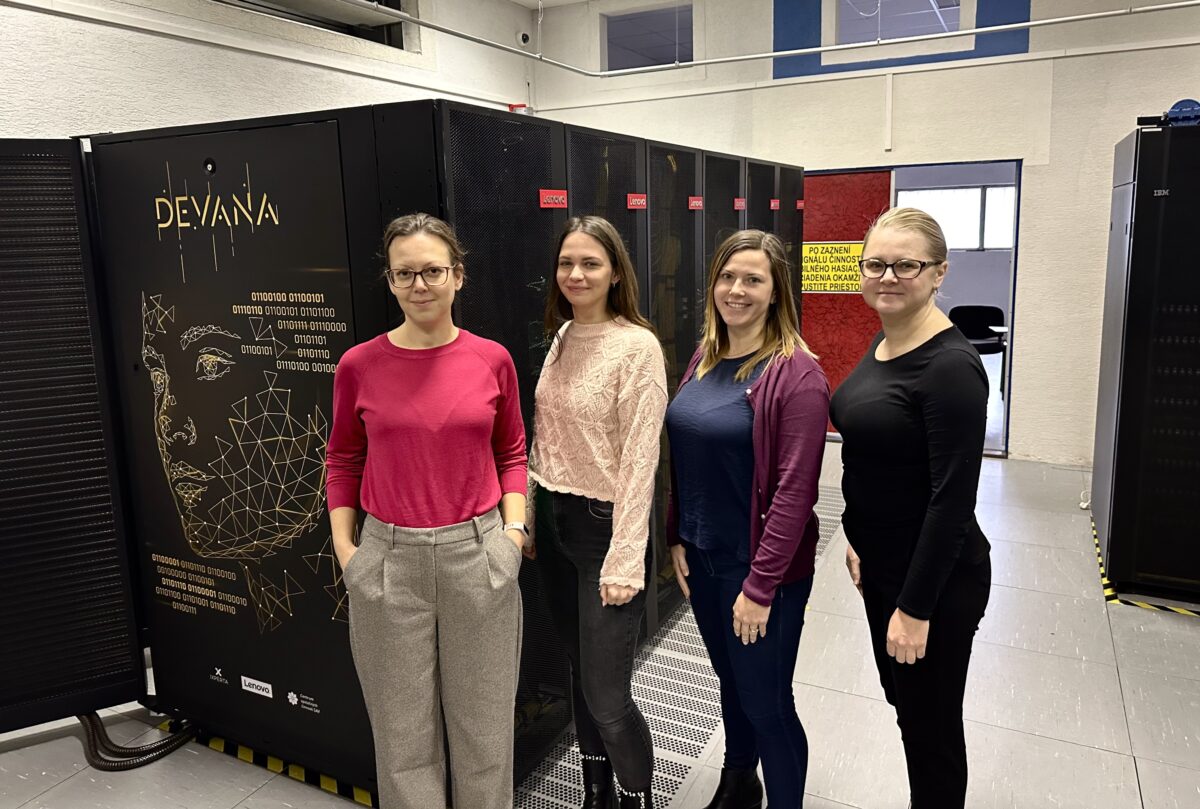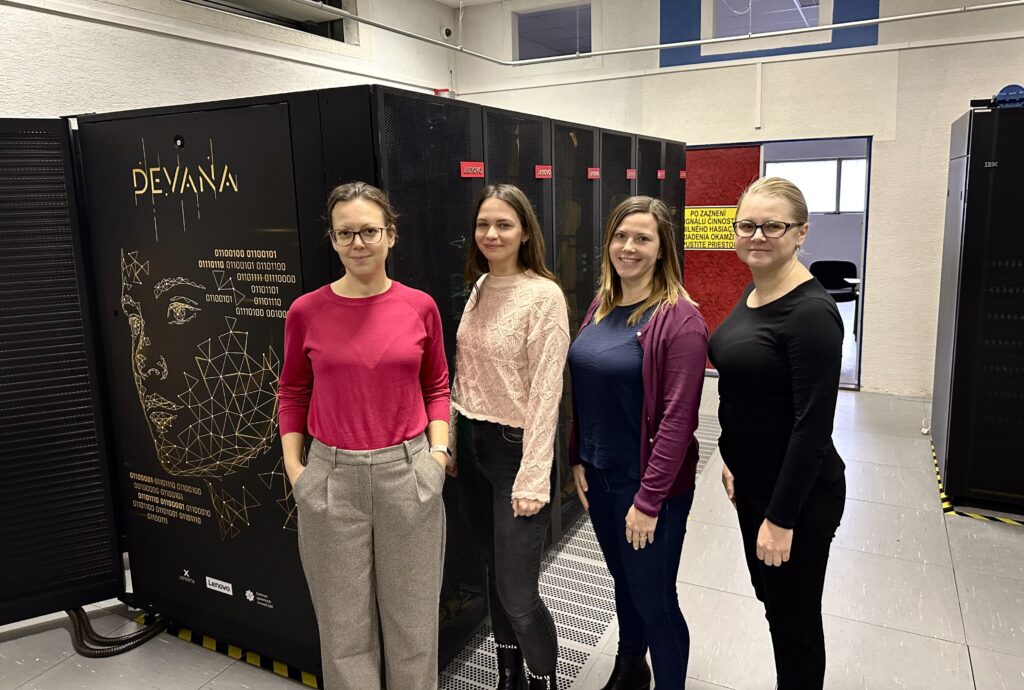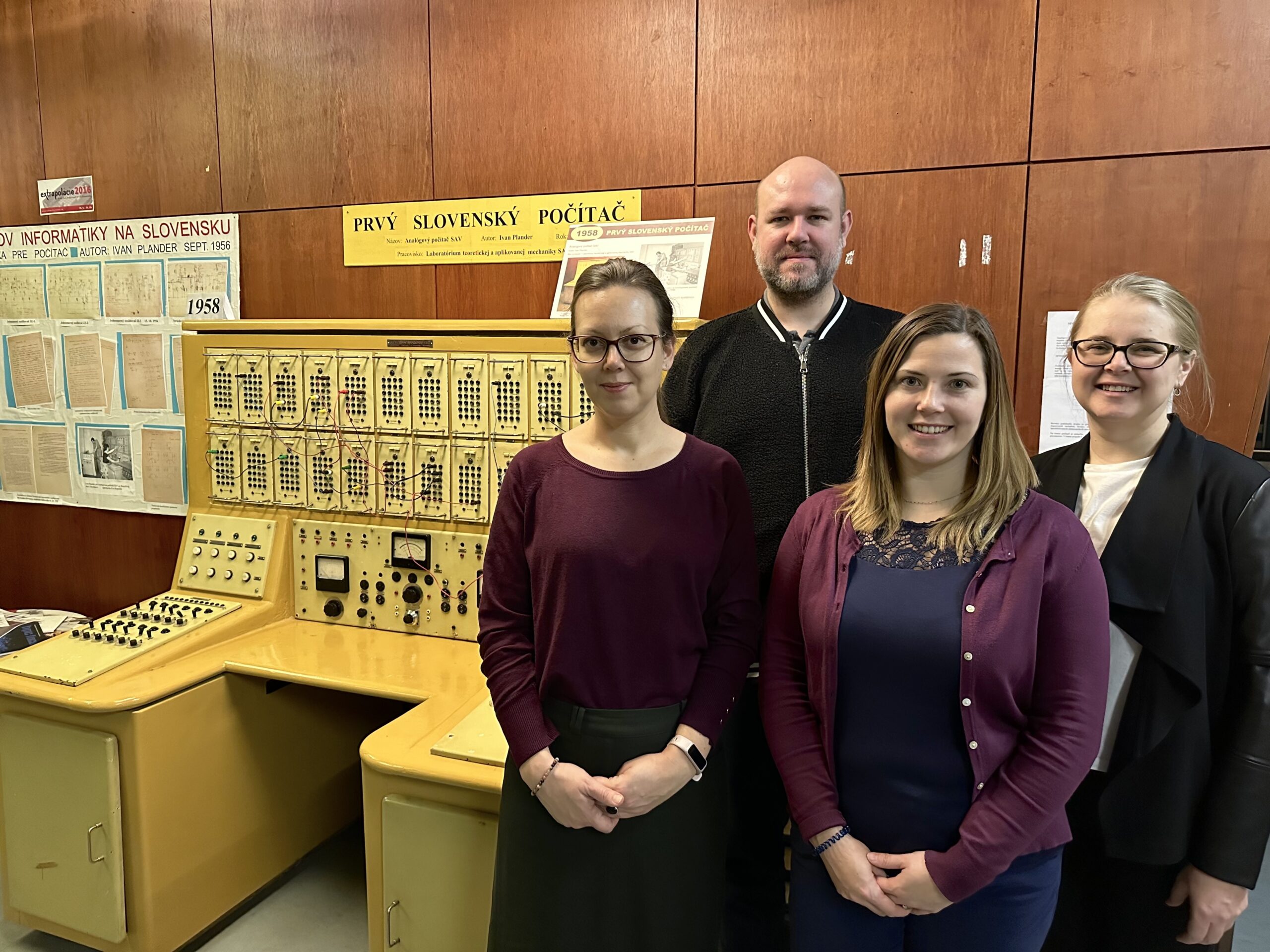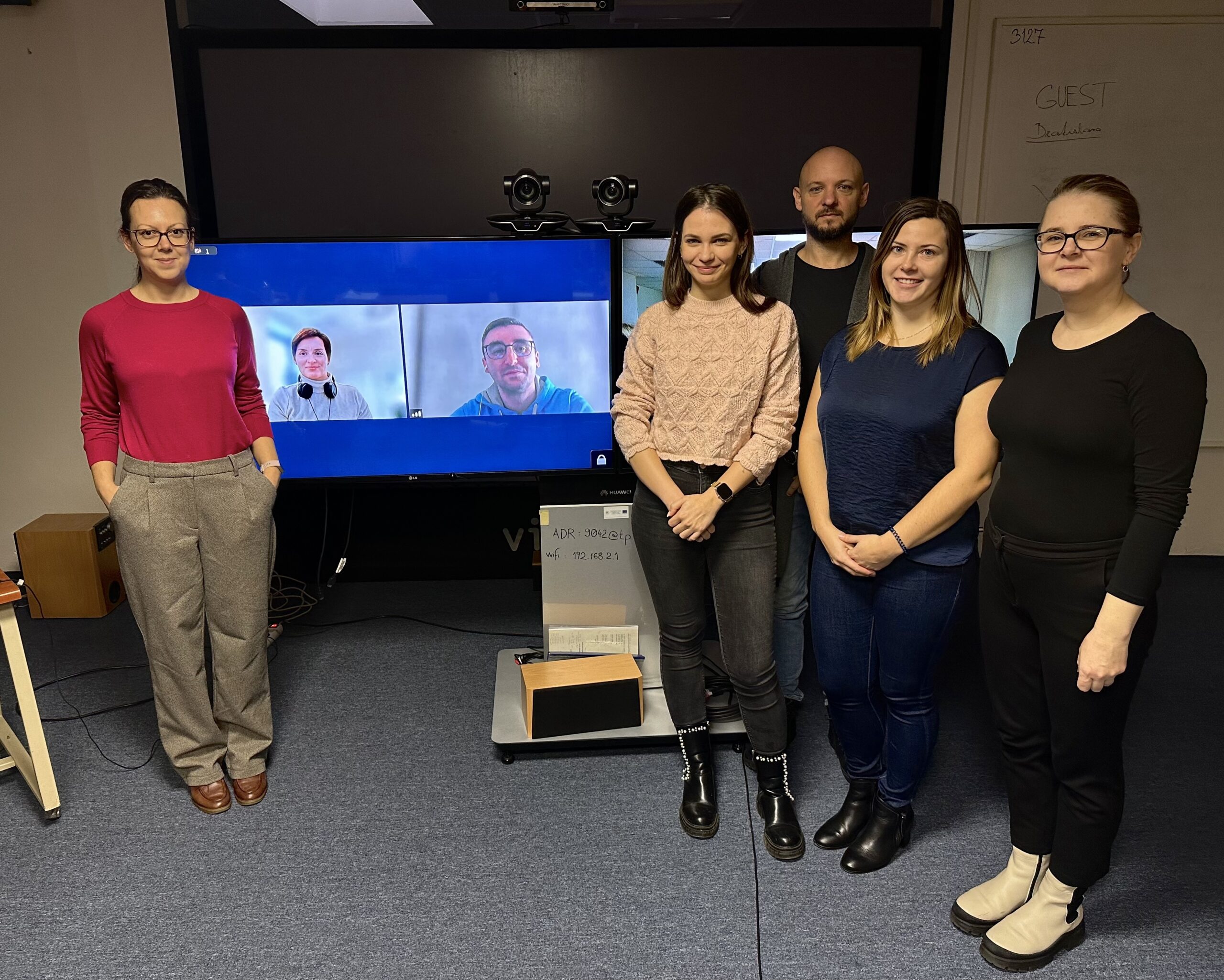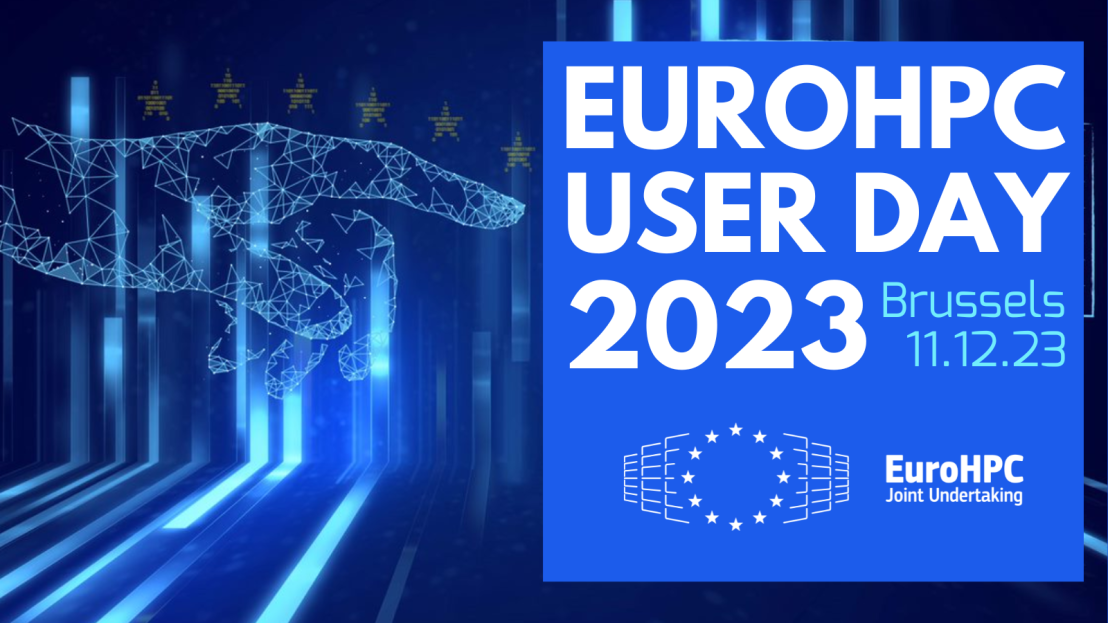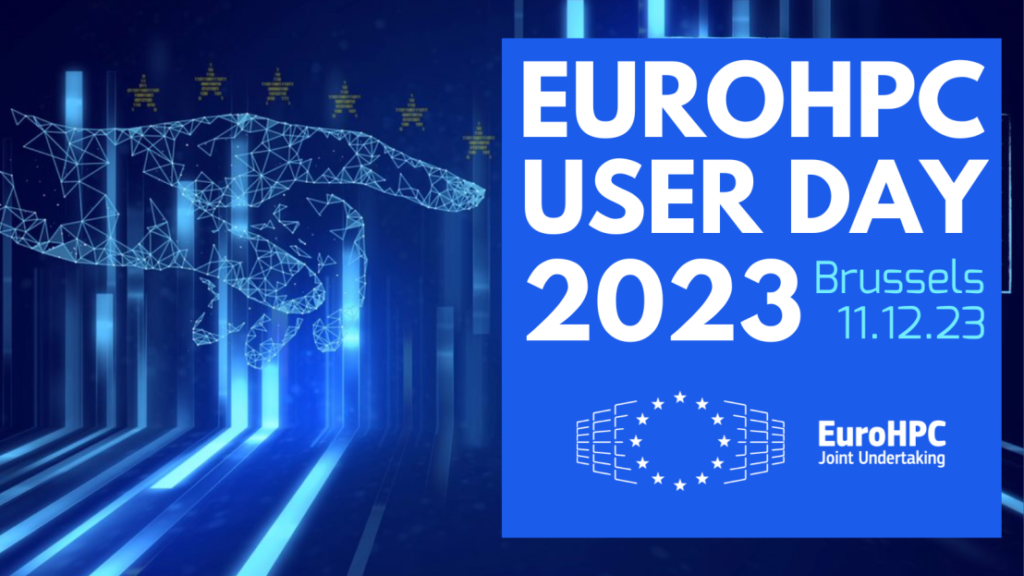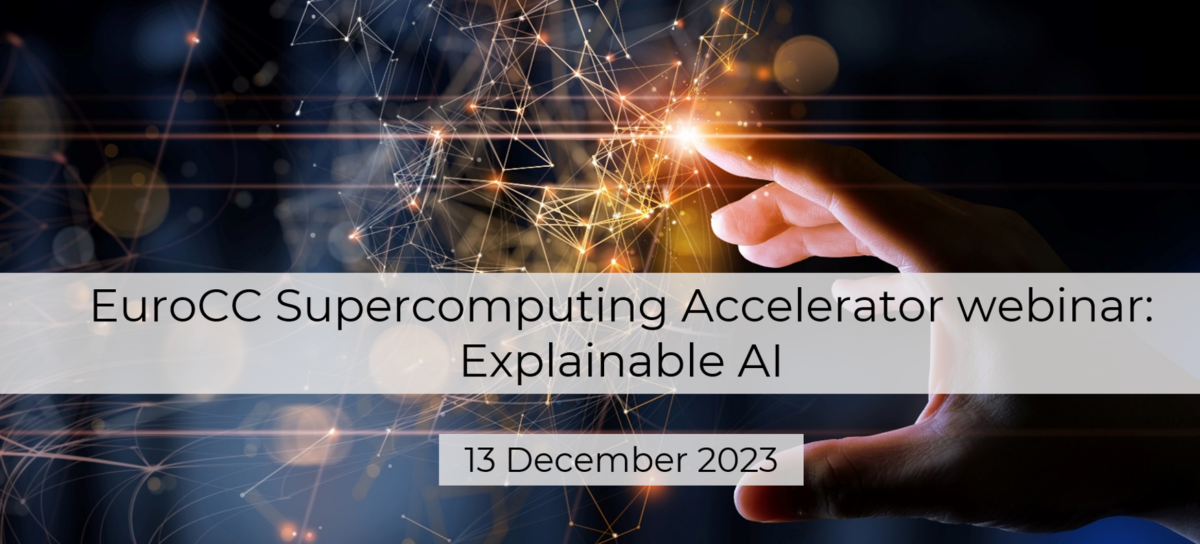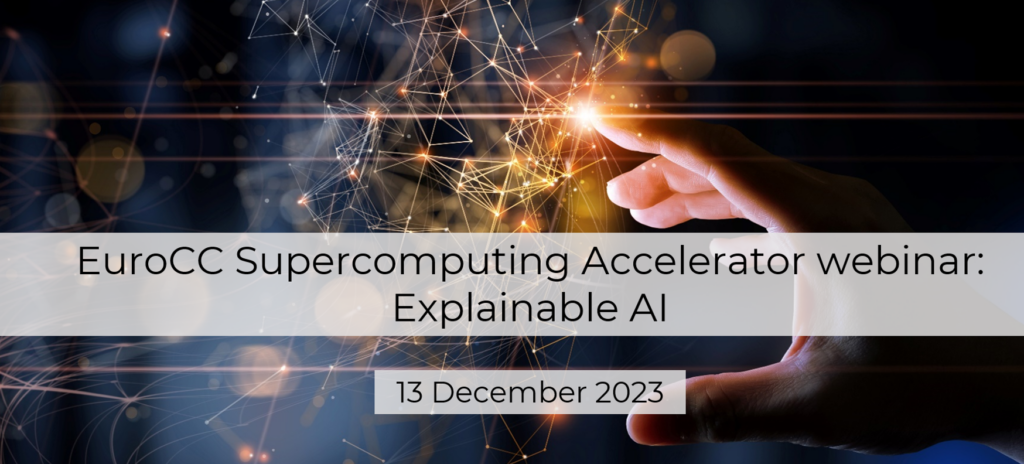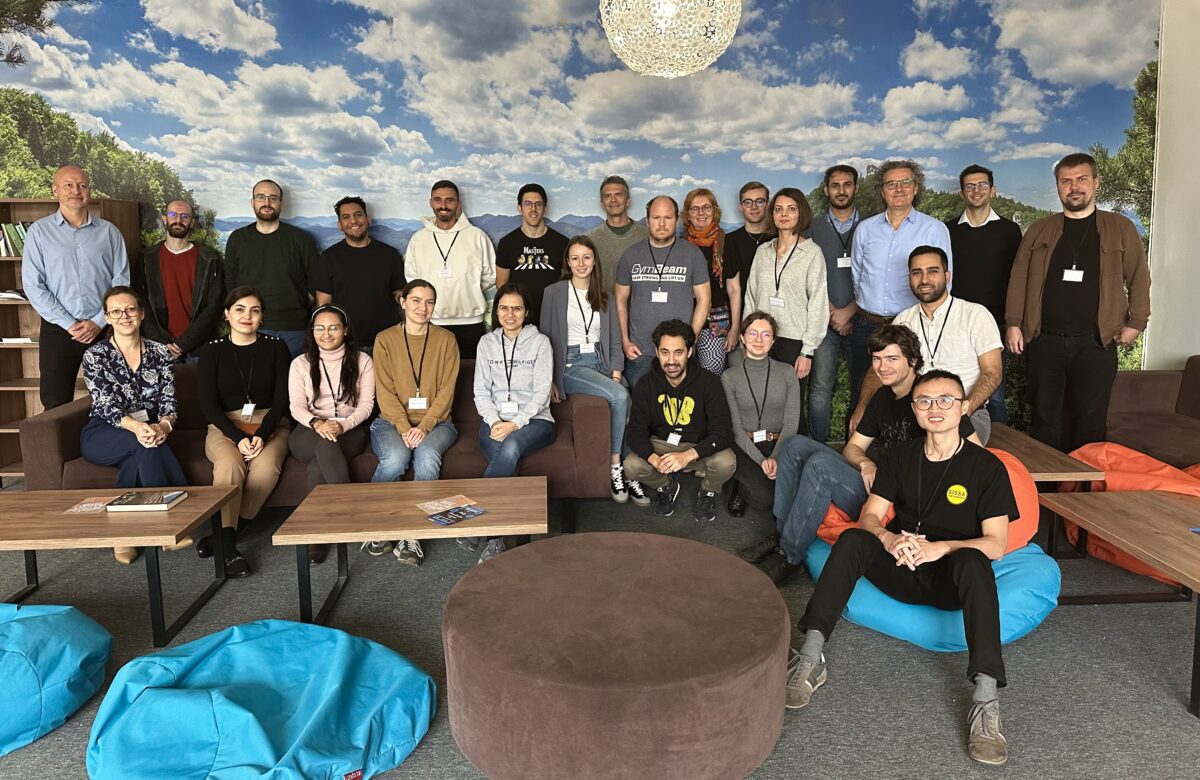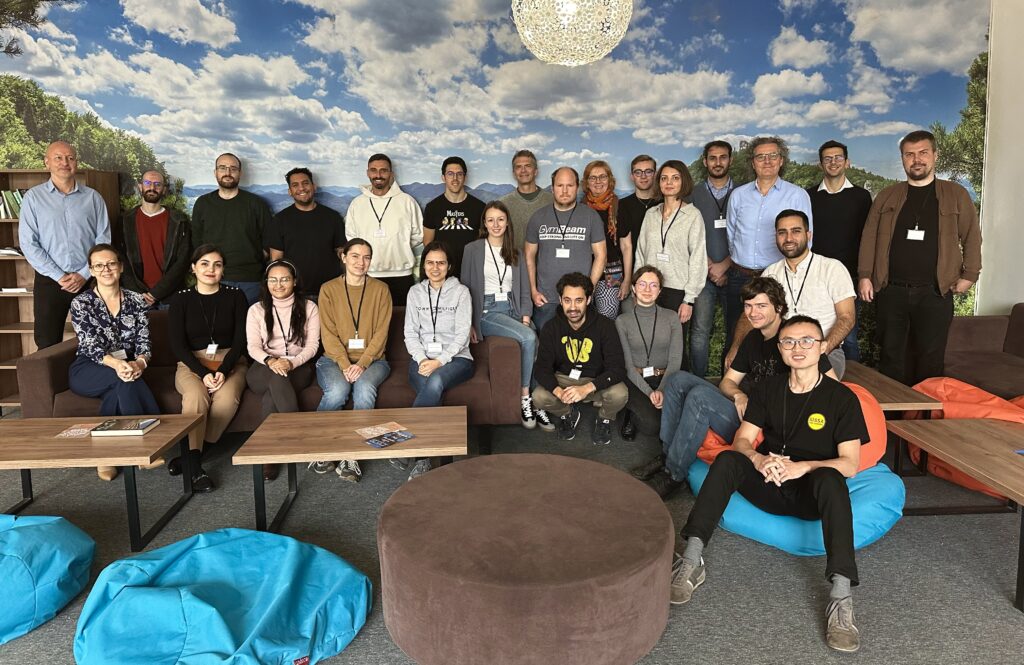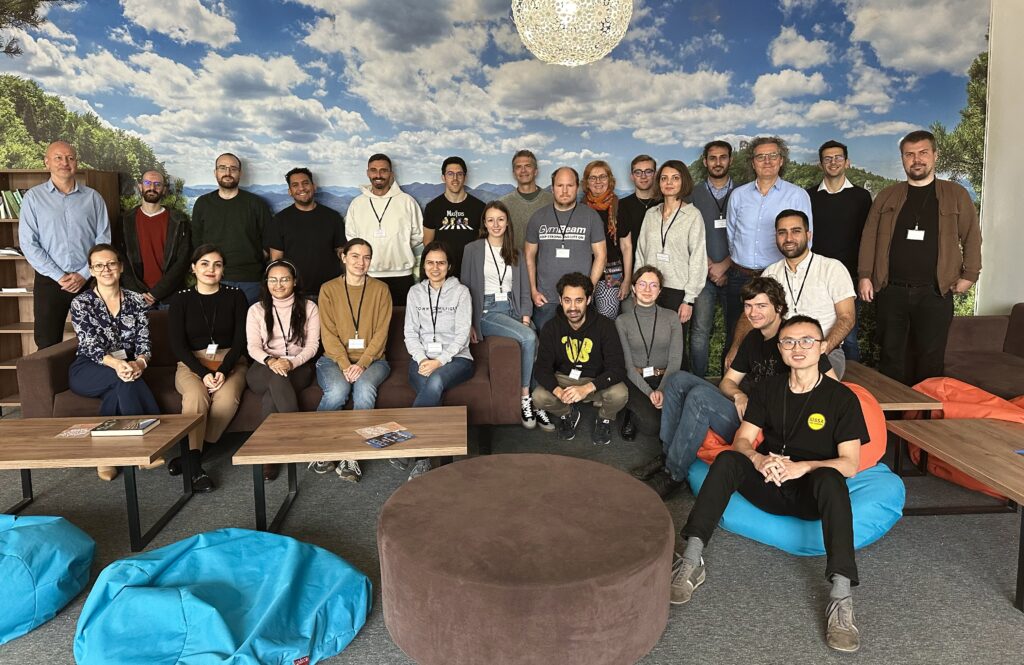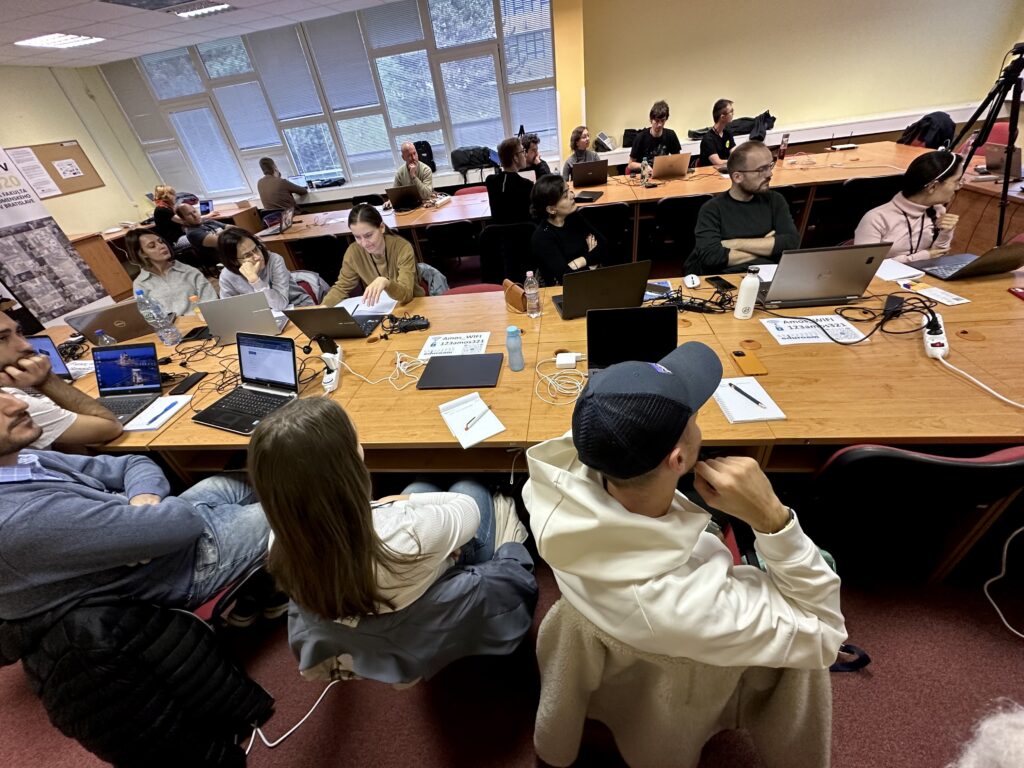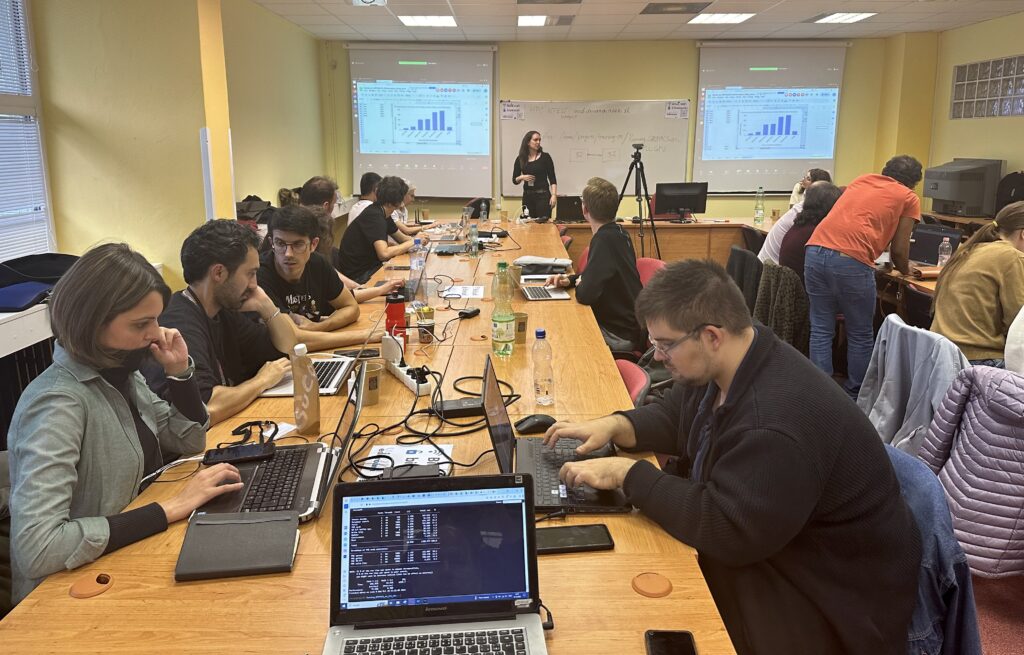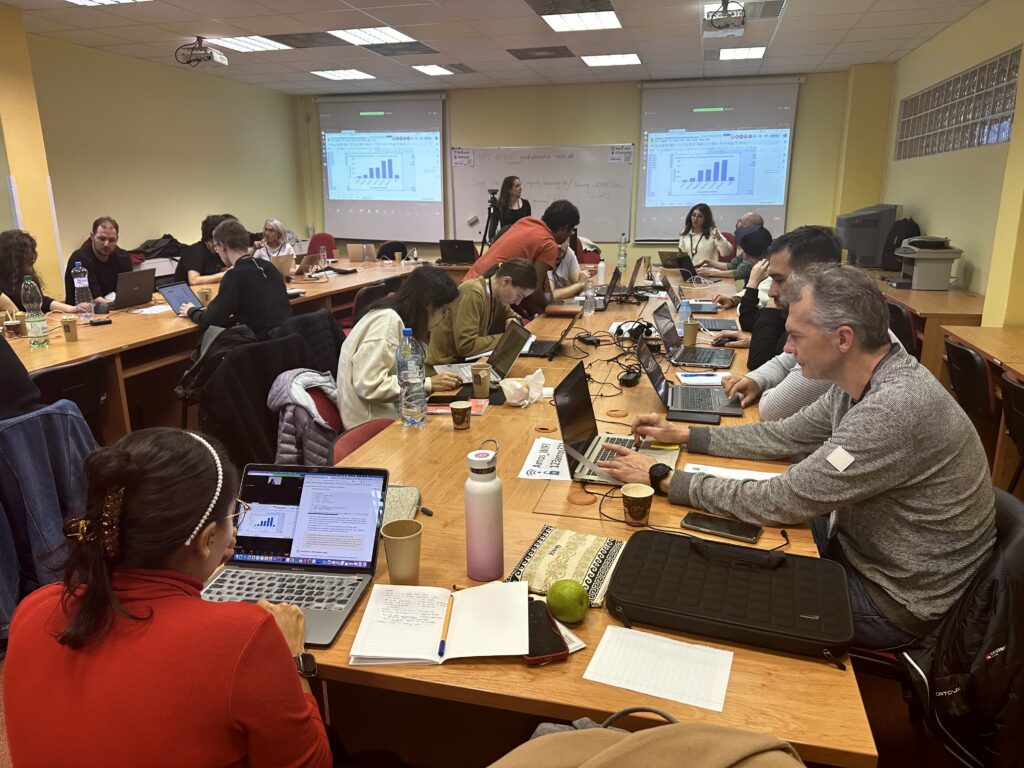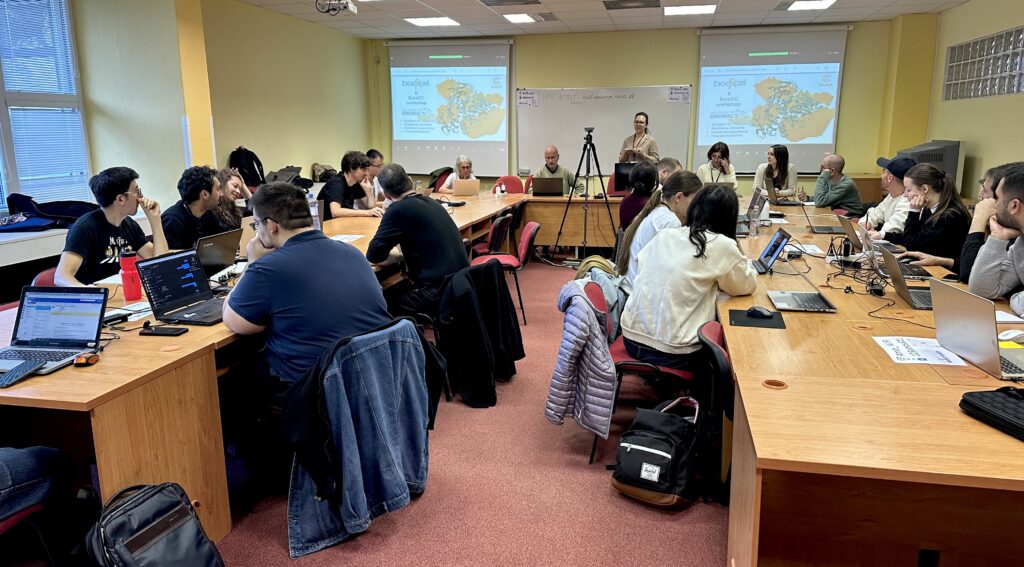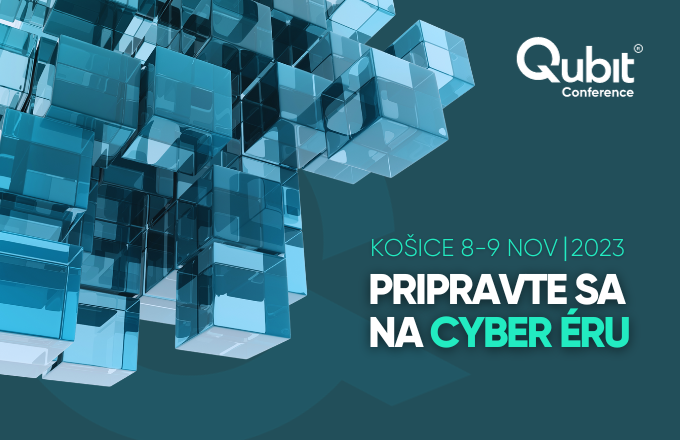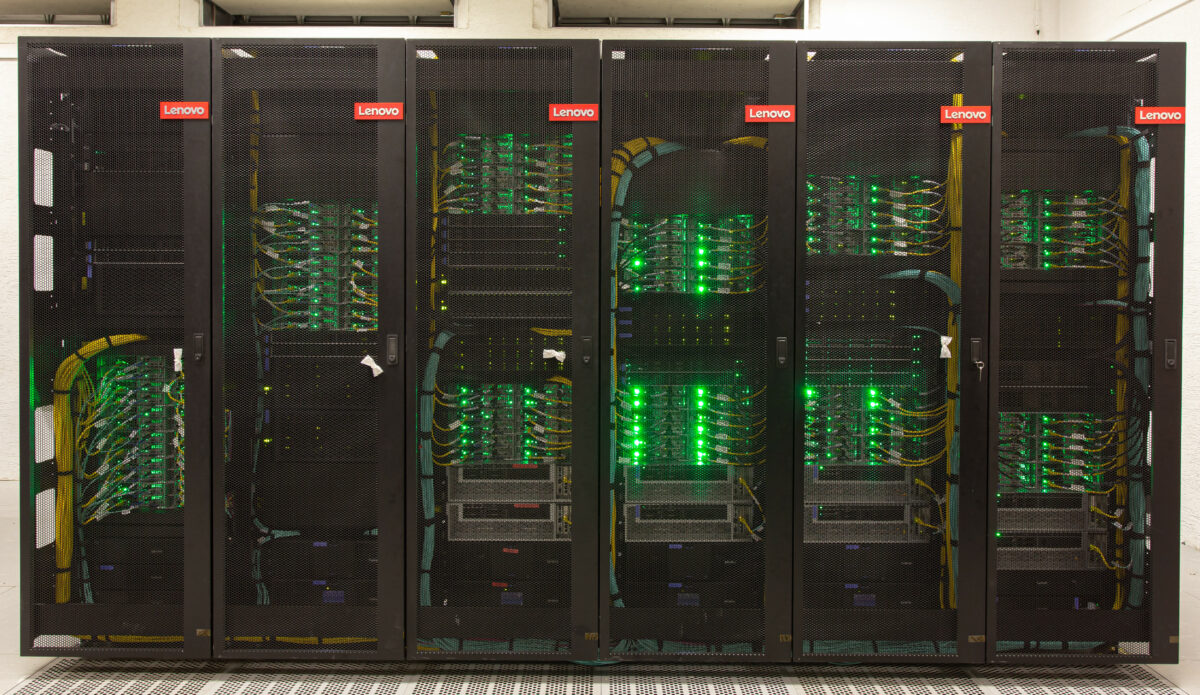Named Entity Recognition for Address Extraction in Speech-to-Text Transcriptions Using Synthetic Data
Many businesses spend large amounts of resources for communicating with clients. Usually, the goal is to provide clients with information, but sometimes there is also a need to request specific information from them. In addressing this need, there has been a significant effort put into the development of chatbots and voicebots, which on one hand serve the purpose of providing information to clients, but they can also be utilized to contact a client with a request to provide some information. A specific real-world example is to contact a client, via text or via phone, to update their postal address. The address may have possibly changed over time, so a business needs to update this information in its internal client database.
Nonetheless, when requesting such information through novel channels|like chatbots or voicebots| it is important to verify the validity and format of the address. In such cases, an address information usually comes by a free-form text input or as a speech-to-text transcription. Such inputs may contain substantial noise or variations in the address format. To this end it is necessary to lter out the noise and extract corresponding entities, which constitute the actual address. This process of extracting entities from an input text is known as Named Entity Recognition (NER). In our particular case we deal with the following entities: municipality name, street name, house number, and postal code. This technical report describes the development and evaluation of a NER system for extraction of such information.
Problem Description and Our Approach
This work is a joint effort of Slovak National Competence Center for High-Performance Computing
and nettle, s.r.o., which is a Slovak-based start-up focusing on natural language processing, chatbots,
and voicebots. Our goal is to develop highly accurate and reliable NER model for address parsing. The
model accepts both free text as well as speech-to-text transcribed text. Our NER model constitutes
an important building block in real-world customer care systems, which can be employed in various
scenarios where address extraction is relevant.
The challenging aspect of this task was to handle data which was present exclusively in Slovak
language. This makes our choice of a baseline model very limited.
Currently, there are several publicly available NER models for the Slovak language. These models
are based on the general purpose pre-trained model SlovakBERT [1]. Unfortunately, all these models
support only a few entity types, while the support for entities relevant to address extraction is missing.
A straightforward utilization of popular Large Language Models (LLMs) like GPT is not an option
in our use cases because of data privacy concerns and time delays caused by calls to these rather
time-consuming LLM APIs.
We propose a fine-tuning of SlovakBERT for NER. The NER task in our case is actually a classification task at the token level. We aim at achieving proficiency at address entities recognition with a tiny number of real-world examples available. In Section 2.1 we describe our dataset as well as a data creation process. The significant lack of available real-world data prompts us to generate synthetic data to cope with data scarcity. In Section 2.2 we propose SlovakBERT modifications in order to train it for our task. In Section 2.3 we explore iterative improvements in our data generation approach. Finally, we present model performance results in Section 3.
Data
The aim of the task is to recognize street names, house numbers, municipality names, and postal codes from the spoken sentences transcribed via speech-to-text. Only 69 instances of real-world collected data were available. Furthermore, all of those instances were highly affected by noise, e.g., natural speech hesitations and speech transcription glitches. Therefore, we use this data exclusively for testing. Table 1 shows two examples from the collected dataset.
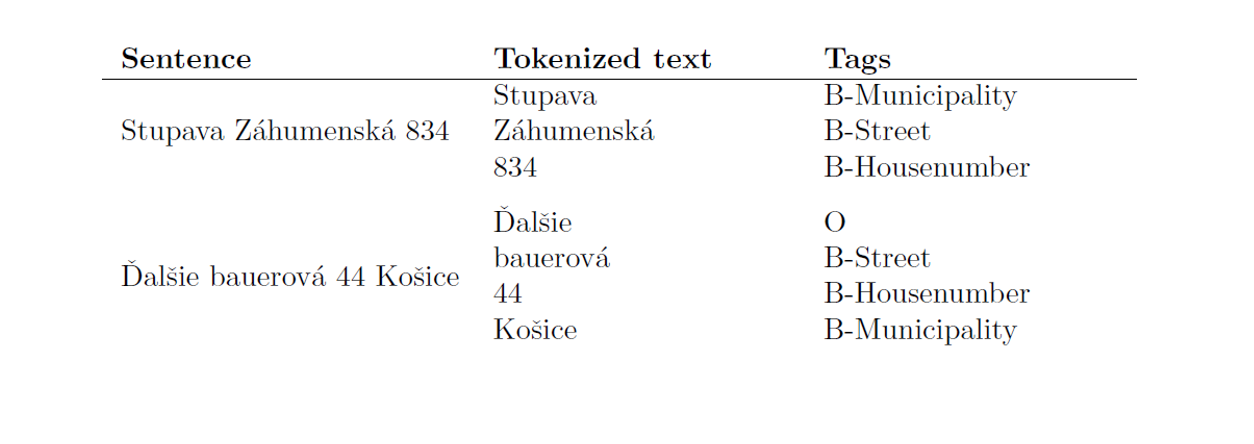
Artificial generation of training dataset occurred as the only, but still viable option to tackle the
problem of data shortage. Inspired by the 69 real instances, we programmatically conducted numerous
external API calls to OpenAI to generate similar realistic-looking examples. BIO annotation scheme [2]
was used to label the dataset. This scheme is a method used in NLP to annotate tokens in a sequence
as the beginning (B), inside (I), or outside (O) of entities. We are using 9 annotations: O, B-Street,
I-Street, B-Housenumber, I-Housenumber, B-Municipality, I-Municipality, B-Postcode, I-Postcode.
We generated data in multiple iterations as described below in Section 2.3. Our final training
dataset consisted of more than 104
sentences/address examples. For data generation we used GPT3.5-turbo API along with some prompt engineering. Since the data generation through this API is
limited by the number of tokens — both generated as well as prompt tokens—we could not pass the
list of all possible Slovak street names and municipality names within the prompt. Hence, data was
generated with placeholders streetname and municipalityname only to be subsequently replaced
by randomly chosen street and municipality names from the list of street and municipality names,
respectively. A complete list of Slovak street and municipality names was obtained from the web pages
of the Ministry of Interior of the Slovak republic [3].
With the use of OpenAI API generative algorithm we were able to achieve organic sentences without
the need to manually generate the data, which sped up the process significantly. However, employing
this approach did not come without downsides. Many mistakes were present in the generated dataset,
mainly wrong annotations occurred and those had to be corrected manually. The generated dataset was split, so that 80% was used for model’s training, 15% for validation and 5% as synthetic test data,
so that we could compare the performance of the model on real test data as well as on artificial test
data.
Model Development and Training
Two general-purpose pre-trained models were utilized and compared: SlovakBERT [1] and a distilled
version of this model [4]. Herein we refer to the distilled version as DistilSlovakBERT. SlovakBERT
is an open-source pretrained model on Slovak language using a Masked Language Modeling (MLM)
objective. It was trained with a general Slovak web-based corpus, but it can be easily adapted to new
domains to solve new tasks [1]. DistilSlovakBERT is a pre-trained model obtained from SlovakBERT
model by a method called knowledge distillation, which significantly reduces the size of the model
while retaining 97% of its language understanding capabilities.
We modified both models by adding a token classification layer, obtaining in both cases models
suitable for NER tasks. The last classification layer consists of 9 neurons corresponding to 9 entity
annotations: We have 4 address parts and each is represented by two annotations – beginning and
inside of each entity, and one for the absence of any entity. The number of parameters for each model
and its components are summarized in Table 2.

Models’ training was highly susceptible to overfitting. To tackle this and further enhance the
training process we used linear learning rate scheduler, weight decay strategies, and some other hyperparameter tuning strategies.
Computing resources of the HPC system Devana, operated by the Computing Centre, Centre of
operations of the Slovak Academy of Sciences were leveraged for model training, specifically utilizing
a GPU node with 1 NVidia A100 GPU. For a more convenient data analysis and debugging, an
interactive environment using OpenOnDemand was employed, which allows researches remote web
access to supercomputers.
The training process required only 10-20 epochs to converge for both models. Using the described
HPC setting, one epoch’s training time was on average 20 seconds for 9492 samples in the training
dataset for SlovakBERT and 12 seconds for DistilSlovakBERT. Inference on 69 samples takes 0.64
seconds for SlovakBERT and 0.37 seconds for DistilSlovakBERT, which demonstrates model’s efficiency
in real-time NLP pipelines.
Iterative Improvements
Although only 69 instances of real data were present, the complexity of it was quite challenging to imitate in generated data. The generated dataset was created using several different prompts, resulting in 11,306 sentences that resembled human-generated content. The work consisted of a number of iterations. Each iteration can be split into the following steps: generate data, train a model, visualize obtained prediction errors on real and artificial test datasets, and analyze. This way we identified patterns that the model failed to recognize. Based on these insights we generated new data that followed these newly identified patterns. The patterns we devised in various iterations are presented in Table 3. With each newly expanded dataset both of our models were trained, with SlovakBERT’s accuracy always exceeding the one of DistilSlovakBERT’s. Therefore, we have decided to further utilize only SlovakBERT as a base model.
Results
The confusion matrix corresponding to the results obtained using model trained in Iteration 1 (see Table 3)—is displayed in Table 4. This model was able to correctly recognize only 67.51% of entities in test dataset. Granular examination of errors revealed that training dataset does not represent the real-world sentences well enough and there is high need to generate more and better representative data. In Table 4 it is evident, that the most common error was identification of a municipality as a street. We noticed that this occurred when municipality name appeared before the street name in the address. As a result, this led to data generation with Iteration 2 and Iteration 3.
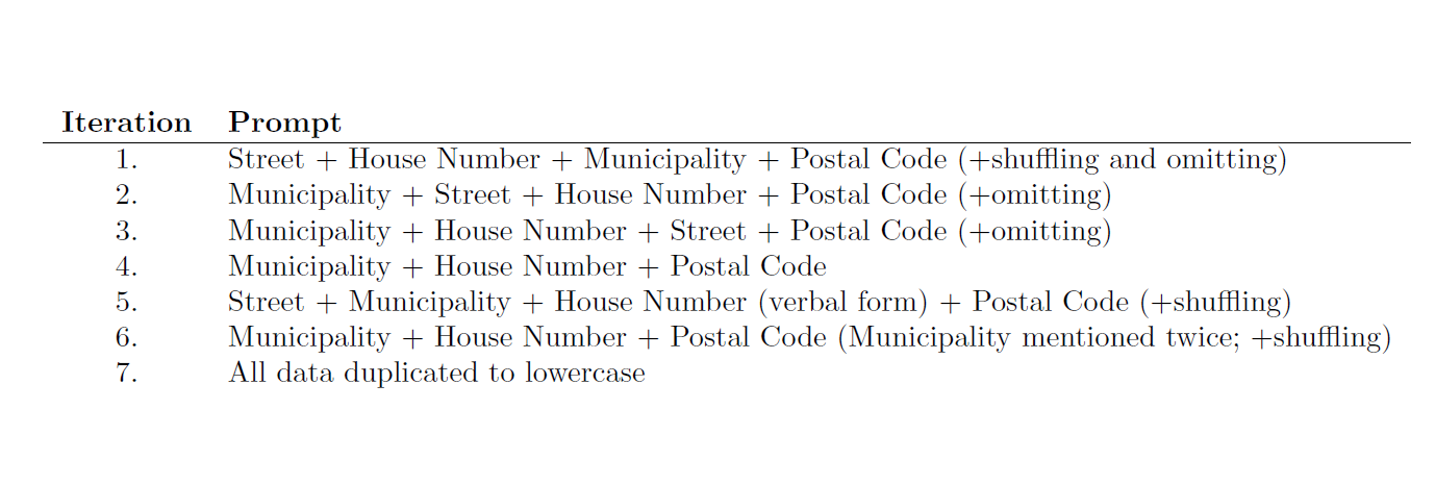
This process of detailed analysis of prediction errors and subsequent data generation accounts for most of the improvements in the accuracy of our model. The goal was to achieve more than 90% accuracy on test data. Model’s predictive accuracy kept increasing with systematic data generation. Eventually, the whole dataset was duplicated, with the duplicities being in uppercase/lowercase. (The utilized pre-trained model is case sensitive and some test instances contained street and municipality names in lowercase.) This made the model more robust to the form in which it receives input and led to final accuracy of 93.06%. Confusion matrix of the final model can be seen in Table 5.
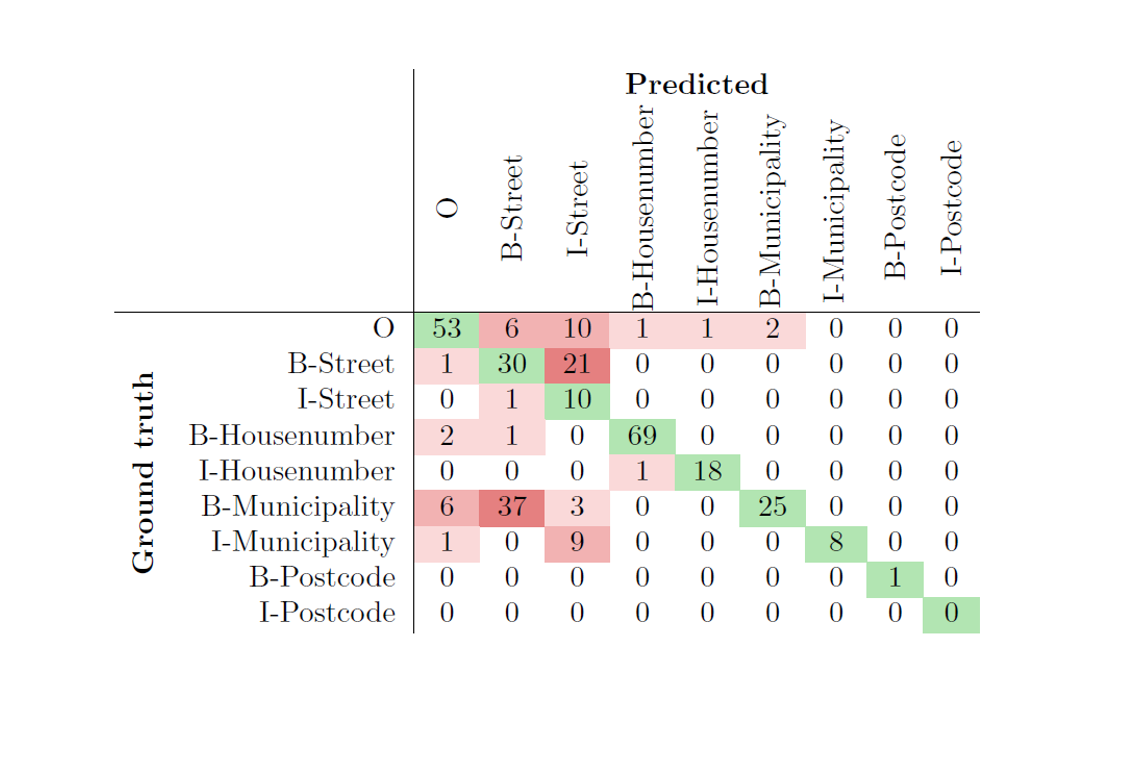
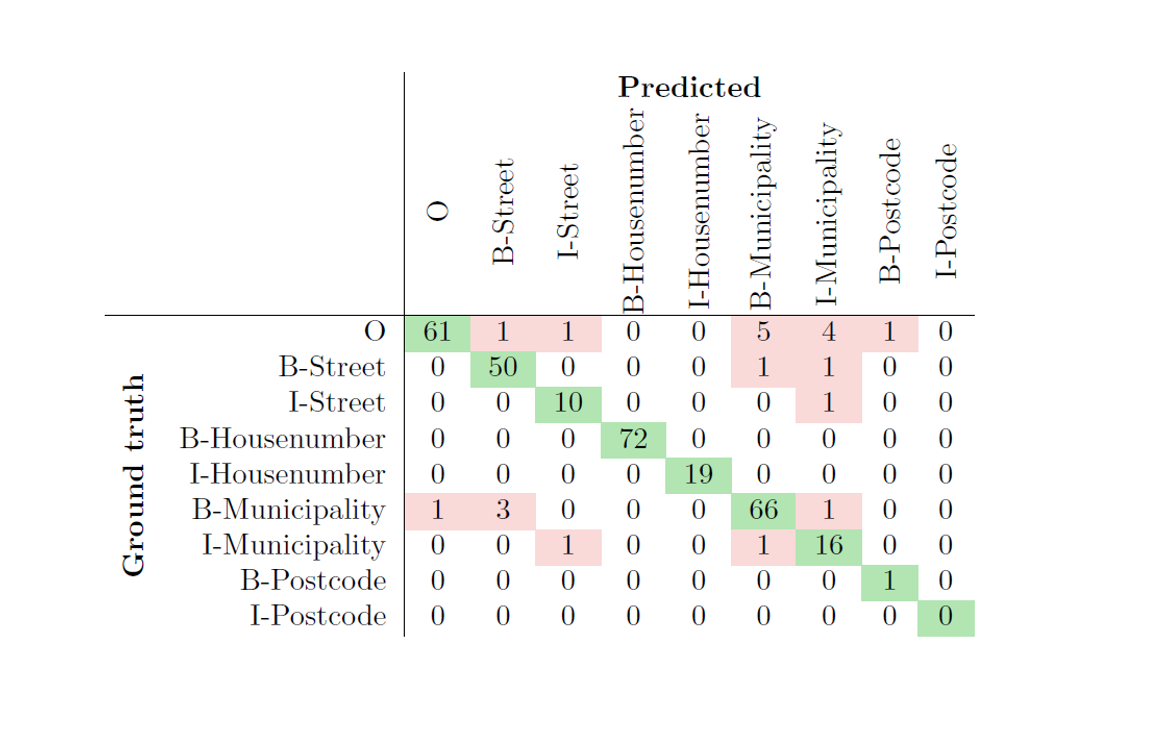
There are still some errors; notably, tokens that should have been tagged as outside were occasionally misclassified as municipality. We have opted not to tackle this issue further, as it happens on words that may resemble subparts of our entity names, but, in reality, do not represent entities themselves. See an example below in Table 6.
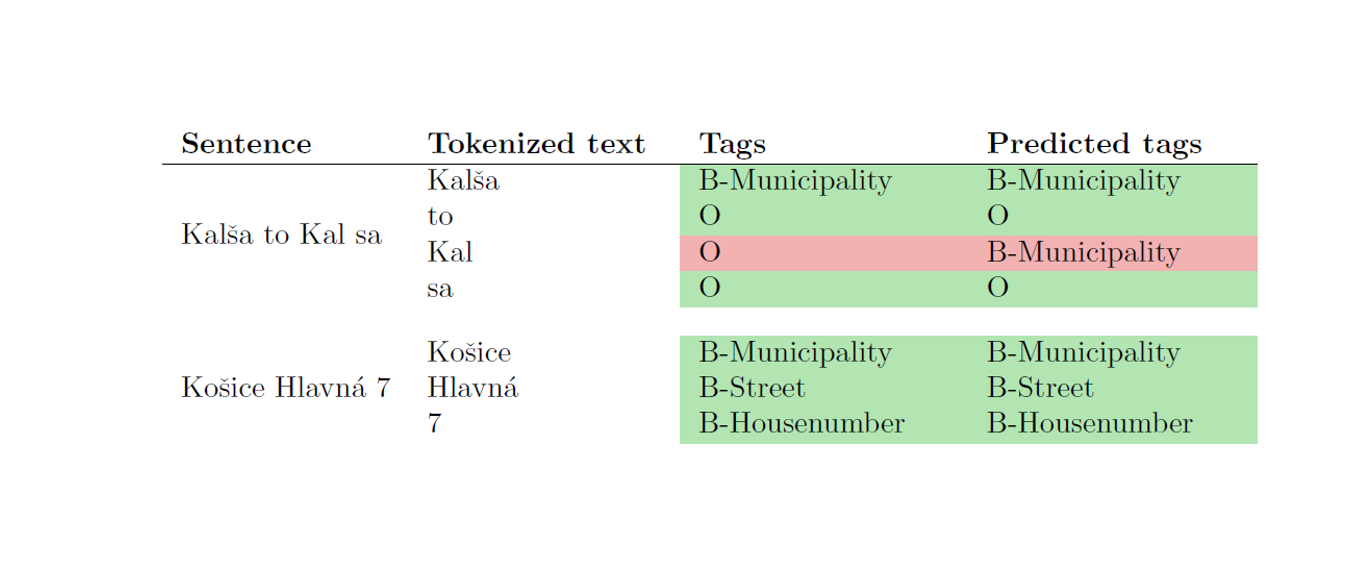
Conclusions
In this technical report we trained a NER model built upon SlovakBERT pre-trained LLM model as
the base. The model was trained and validated exclusively on artificially generated dataset. This well
representative and high quality synthetic data was iteratively expanded. Together with hyperparameter fine-tuning this iterative approach allowed us to reach predictive accuracy on real dataset exceeding
90%. Since the real dataset contained a mere 69 instances, we decided to use it only for testing.
Despite the limited amount of real data, our model exhibits promising performance. This approach
emphasizes the potential of using exclusively synthetic dataset, especially in cases where the amount
of real data is not sufficient for training.
This model can be utilized in real-world applications within NLP pipelines to extract and verify the
correctness of addresses transcribed by speech-to-text mechanisms. In case a larger real-world dataset
is available, we recommend to retrain the model and possibly also expand the synthetic dataset with
more generated data, as the existing dataset might not represent potentially new occurring data
patterns. This model can be utilized in real-world applications within NLP pipelines to extract and verify the
correctness of addresses transcribed by speech-to-text mechanisms. In case a larger real-world dataset
is available, we recommend to retrain the model and possibly also expand the synthetic dataset with
more generated data, as the existing dataset might not represent potentially new occurring data
patterns.
The model is available on https://huggingface.co/nettle-ai/slovakbert-address-ner
Acknowledgement
The research results were obtained with the support of the Slovak National competence centre for HPC, the EuroCC 2 project and Slovak National Supercomputing Centre under grant agreement 101101903-EuroCC 2-DIGITAL-EUROHPC-JU-2022-NCC-01.
AUTHORS
Bibiána Lajčinová – Slovak National Supercomputing Centre
Patrik Valábek – Slovak National Supercomputing Centre, ) Institute of Information Engineering, Automation, and Mathematics, Slovak University of Technology in Bratislava
Michal Spišiak – nettle, s. r. o.
Full version of the article SK
Full version of the article EN
References::
[1] Matús Pikuliak, Stefan Grivalsky, Martin Konopka, Miroslav Blsták, Martin Tamajka, Viktor Bachratý, Marián Simko, Pavol Balázik, Michal Trnka, and Filip Uhlárik. Slovakbert: Slovak masked language model. CoRR, abs/2109.15254, 2021.
[2] Lance Ramshaw and Mitch Marcus. Text chunking using transformation-based learning. In Third Workshop on Very Large Corpora, 1995.
[3] Ministerstvo vnútra Slovenskej republiky. Register adries. https://data.gov.sk/dataset/register-adries-register-ulic. Accessed: August 21, 2023.
[4] Ivan Agarský. Hugging face model hub. https://huggingface.co/crabz/distil-slovakbert, 2022. Accessed: September 15, 2023.
 Success story: AI Helps Save Women’s Lives 17 Dec - Strach z rakoviny prsníka je tichým spoločníkom mnohých žien. Stačí jedno pozvanie na preventívne vyšetrenie, jeden telefonát od lekára či jedno čakanie na výsledky – a myseľ je plná otázok: „Som v poriadku?“ „Čo ak nie?“ „Môže sa niečo prehliadnuť?“
Aj keď skríning potvrdí negatívny nález, obavy často pretrvávajú.
Success story: AI Helps Save Women’s Lives 17 Dec - Strach z rakoviny prsníka je tichým spoločníkom mnohých žien. Stačí jedno pozvanie na preventívne vyšetrenie, jeden telefonát od lekára či jedno čakanie na výsledky – a myseľ je plná otázok: „Som v poriadku?“ „Čo ak nie?“ „Môže sa niečo prehliadnuť?“
Aj keď skríning potvrdí negatívny nález, obavy často pretrvávajú. Success story: The Future of Soil Hidden in Data 5 Nov - High-Performance Computing (HPC) offers researchers the ability to process enormous volumes of data and uncover connections that would otherwise remain hidden. Today, it is no longer just a tool for technical disciplines – it is increasingly valuable in social and environmental research as well. A great example is a project that harnessed the power of HPC to gain deeper insight into the relationship between humans, soil, and the landscape.
Success story: The Future of Soil Hidden in Data 5 Nov - High-Performance Computing (HPC) offers researchers the ability to process enormous volumes of data and uncover connections that would otherwise remain hidden. Today, it is no longer just a tool for technical disciplines – it is increasingly valuable in social and environmental research as well. A great example is a project that harnessed the power of HPC to gain deeper insight into the relationship between humans, soil, and the landscape. Supercomputer for Everyone: Dare to Discover the World of Modern Computing 28 Oct - Once, supercomputers were a mysterious technology accessible only to top scientists working in futuristic laboratories. Today, however, a completely new story is being written. Supercomputers are now available to ordinary users — from universities, small companies, and even public administration — anyone who needs to handle computations far beyond the capabilities of a regular computer.
Supercomputer for Everyone: Dare to Discover the World of Modern Computing 28 Oct - Once, supercomputers were a mysterious technology accessible only to top scientists working in futuristic laboratories. Today, however, a completely new story is being written. Supercomputers are now available to ordinary users — from universities, small companies, and even public administration — anyone who needs to handle computations far beyond the capabilities of a regular computer.
